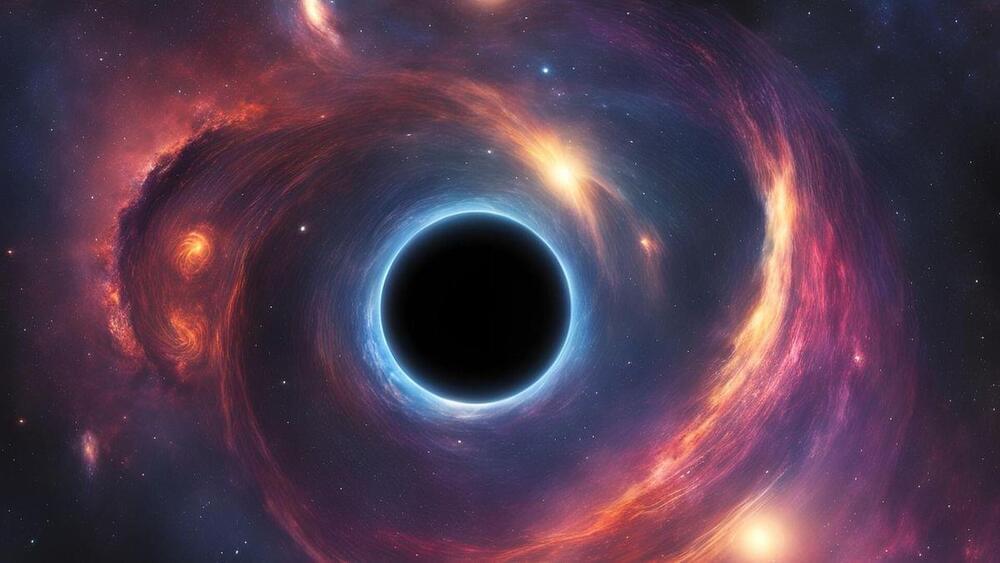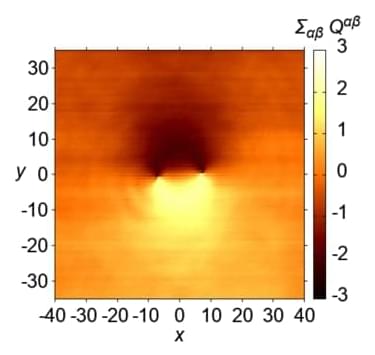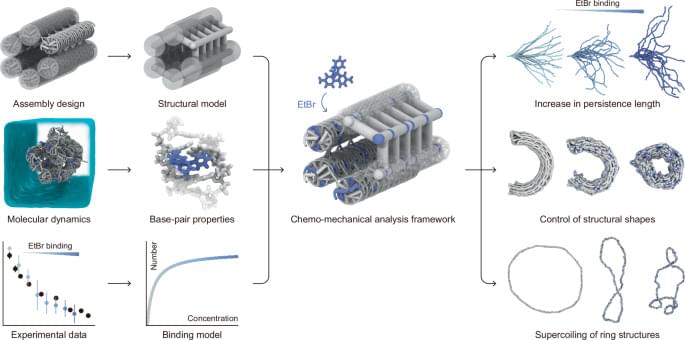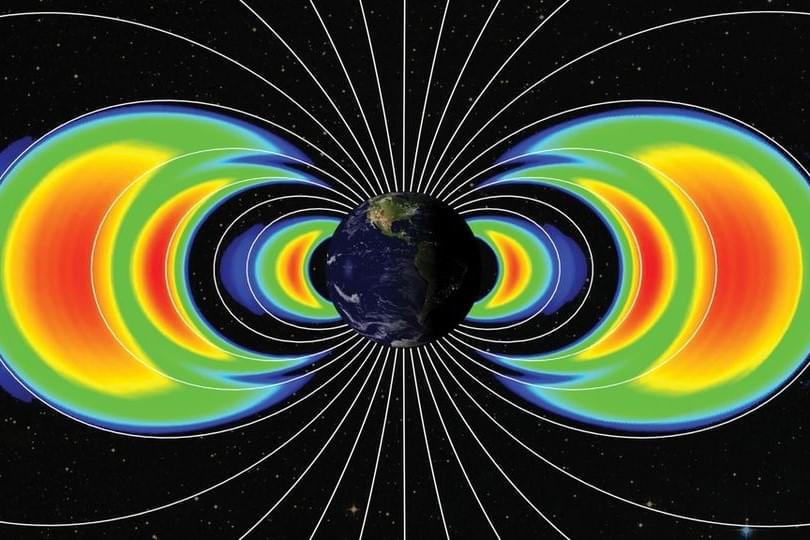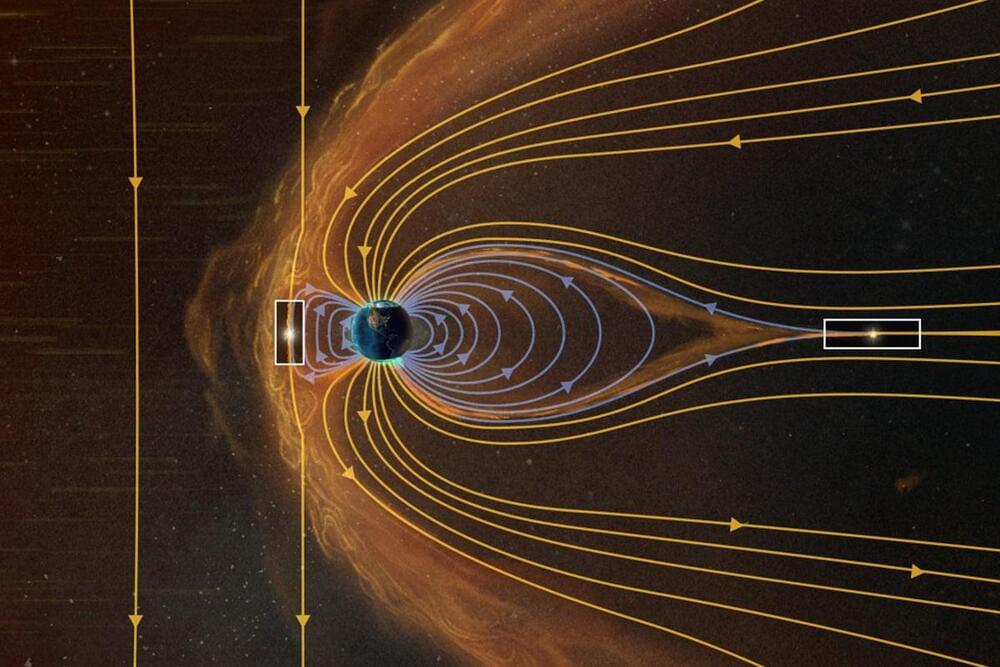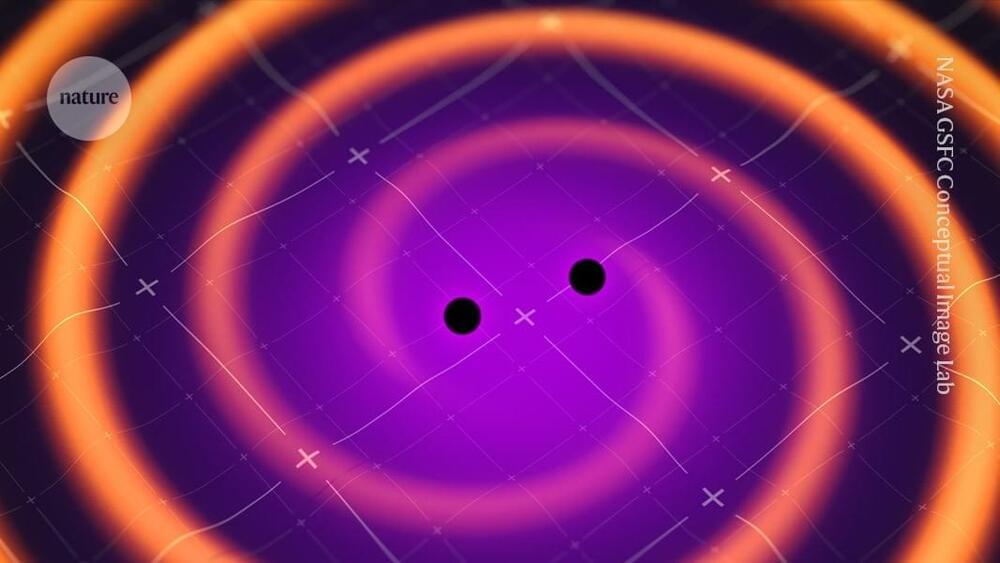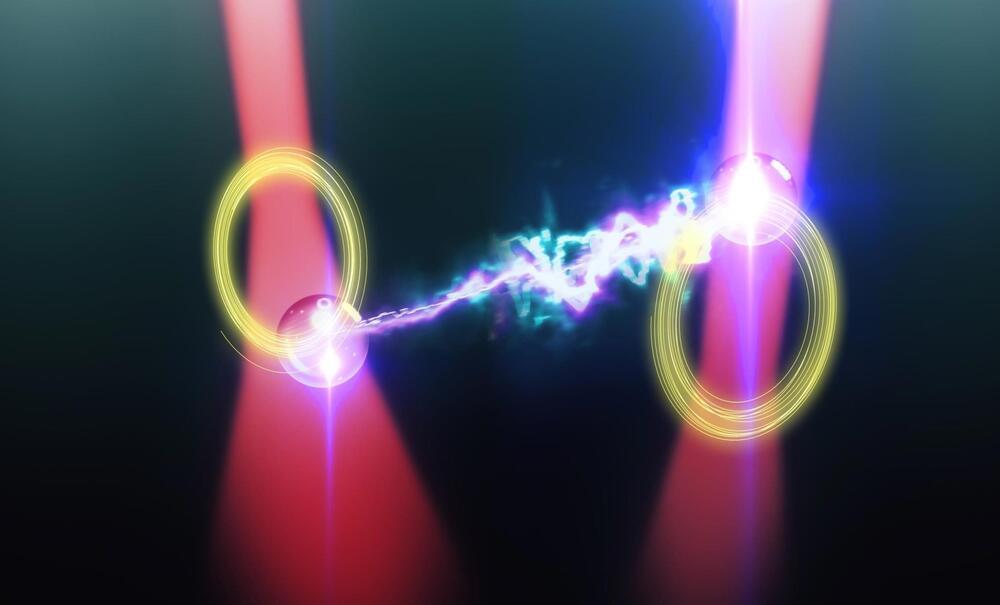
(CNN) — Regular aspirin use may keep the oncologist away, at least when it comes to colorectal cancer, according to a new study, and people with unhealthy lifestyles seemed to see the greatest benefit.
Colorectal cancer is the second most common cause of cancer death worldwide, predicted to cause more than 52,500 deaths in the US alone in 2023. About 153,020 people in the US were diagnosed with the condition in 2023, and it’s become much more prevalent among people under 55, with numbers more than doubling in this group from a decade ago, studies show.
The causes of colorectal cancer can be genetic, but certain lifestyle factors also seem to raise risk, including eating an unhealthy diet, not getting enough exercise, drinking alcohol, smoking and having a high body mass index.
